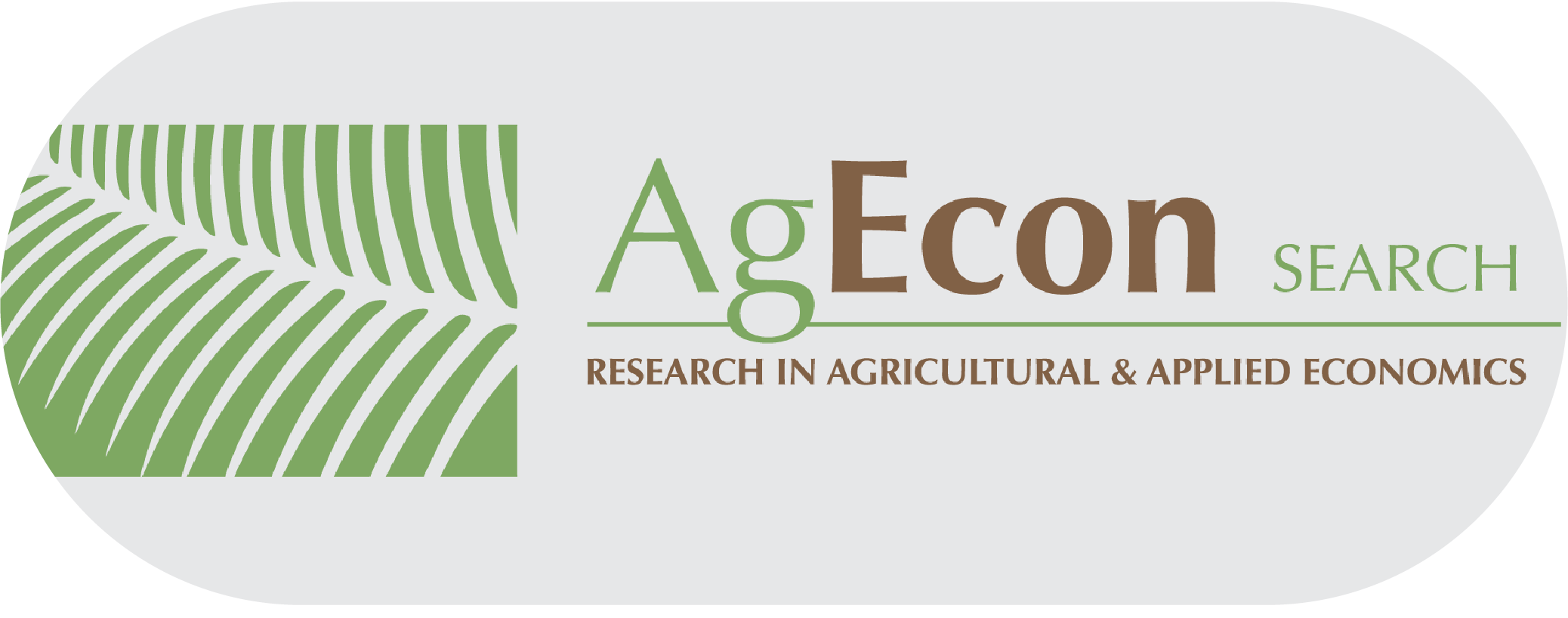Search
Search Results
-
Carbon dioxide emission trends and environmental problems in Central Europe
Views:446In this research, the effect of CO2 emission was measured in two different land-use types (Crop and Grassland) in Central European and V4 countries. The primary aim of this study is to identify the significant output of CO2 emissions from cropland and grassland. Secondary data collected from FAO (Food and Agriculture Organization of the United Nations) between 2010 and 2017. Mann-Whitney U test and odds ratio used to study the differences between the two country groups, and Principal Component Analysis was applied to create a performance map regarding the emission. A General Additive Panel model has analyzed the influence of area sizes and the regional differences on emissions. Results showed that the effect of grassland size is the primary factor in CO2 emission. A significant difference can only be found between CEU and V4 countries regarding grassland size effect on CO2 emission under grassland, which was rather small in the case of the V4 group but explained a larger part of the variance the of CEU countries. The odds of having higher CO2 from cropland to grassland was 2.43 times in the case of V4 compared to CEU countries.
-
Increasing palinka recognition with tourism and gastronomy
37-44Views:305The history of Hungarian palinka distillation dates back thousands of years. Palinka is a special product; its quality features are being increasingly recognized and appreciated by consumers. Our national drink went through considerable transformations in the past years, as it left the village environment behind and has become a Hungaricum, popular with young people. The authorization of home distilling in September 2010 was a key factor in its gaining ground in the country. In connection with this topic, the international practice of beverage tourism has been reviewed. After that, the Hungarian practice was examined, including the selection of palinka festivals, thematic palinka tours and palinka product ranges in 19 counties and in Budapest based on a total of 100 restaurants. Using SWOT analysis I revealed the strengths, weaknesses, opportunities and threats of palinka gastronomy and pálinka industry. Overall, it was found that the popularity of pálinka is increasing, but the thematic pálinka tours have not yet widened, and there is a need for more procedures supported by community marketing.
JEL Code: Z30, E83
-
The situation of the Hungarian agricultural higher education
73-77Views:275The knowledge-based, competitive economy places a great emphasis on the education system. The responsibility of higher education is to impart knowledge of high standard which is in harmony with the continuously changing environment. Higher education has a special role in the knowledge-based economy since it does not only have to fulfil educational but also research an innovation tasks. The decrease in the traditional role of agriculture as well as international tendencies facilitate diversification, i.e. the emergence of new roles and the relevant activities. Due to the diversification of agriculture fields like environmental protection, bioenergetics, and rural development have become more emphatic. The growing importance of these new fields is also significant from the point of view of education. Well trained professionals are of vital importance for the agriculture. A significant number of fresh graduates are not employed in their profession; they find a job in other areas or continue their education in a different field of interest. This research is based on a representative survey amongst agricultural graduates. Its objective is finding facts about how the graduates of the past five years assess higher education training and also about the factors employers take into consideration when employing a fresh graduate.
-
The impact of the “greening” of the common agricultural policy on the financial situation of Polish farms
49-55Views:499This paper presents an assessment of the impacts of introducing the greening scenario of the CAP, proposed by the European Commission as an alternative for the reformed CAP after 2013. In the past, the CAP has undergone numerous transformations in response to the changing macroeconomic environment and in reaction to developments in the farming sectors in EU countries. On the 12th of October 2011, the Commission presented a set of legal proposals designed to make the CAP a more effective policy to encourage more competitive and sustainable agriculture and vibrant rural areas. The proposal brings various new elements under consideration, some of them raising strong controversies such as introducing “greening” as a component of direct payments. Changes in the direct payments scheme in line with the EC proposition include forcing adjustments in the cropping pattern and creating ecological focus areas (EFA) on 7% of the farm land ; the consequences of such a proposal on the size and structure of agricultural production, and thus on the economic performance of farms and the whole agricultural sector are uncertain. The authors analyse historical changes to the CAP with a focus on a growing importance of the environmental component of the CAP, discuss different scenarios of shaping the direct payments system and present the results of modelling the impacts of greening the CAP on the Polish farming sector with the use of the LP optimisation model. The study was based on Polish FADN data. Results show that the majority of farmers in Poland comply with the crop diversification constraint of greening. However, establishing the required EFAs and necessary diversification on farms with simplified cropping structures will have a negative impact on the volume of agricultural production as well as on farm incomes.





